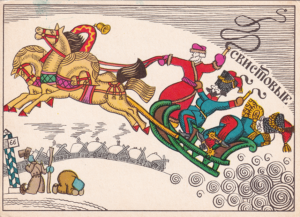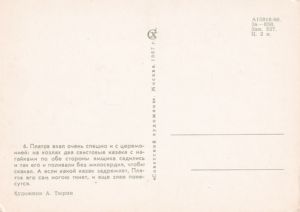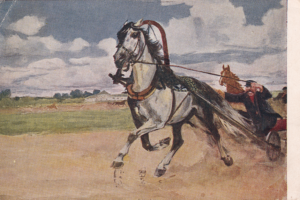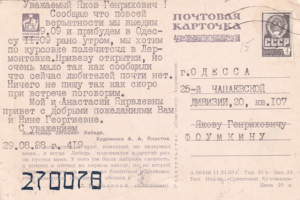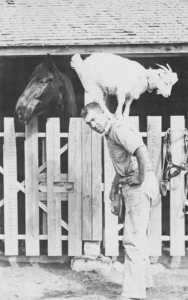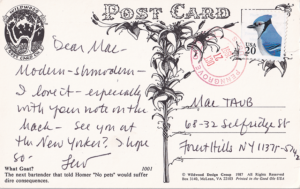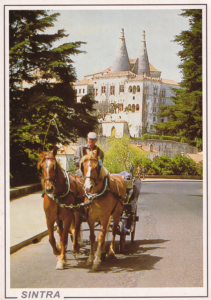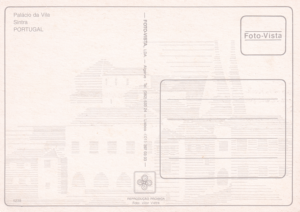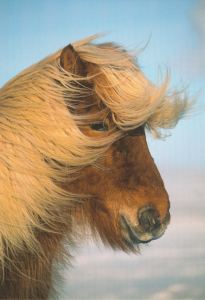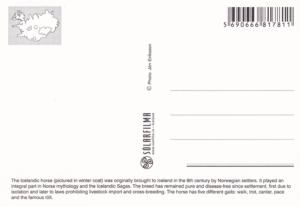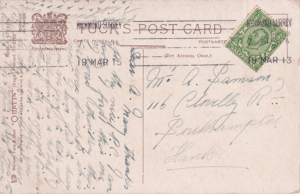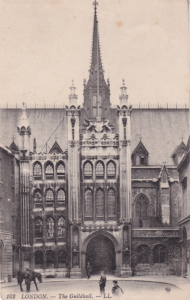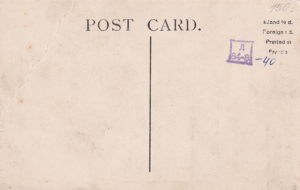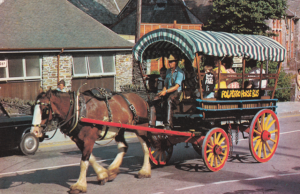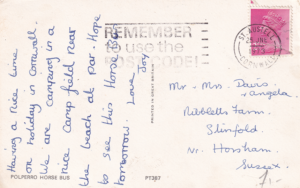A major volcanic eruption in the history of Iceland.
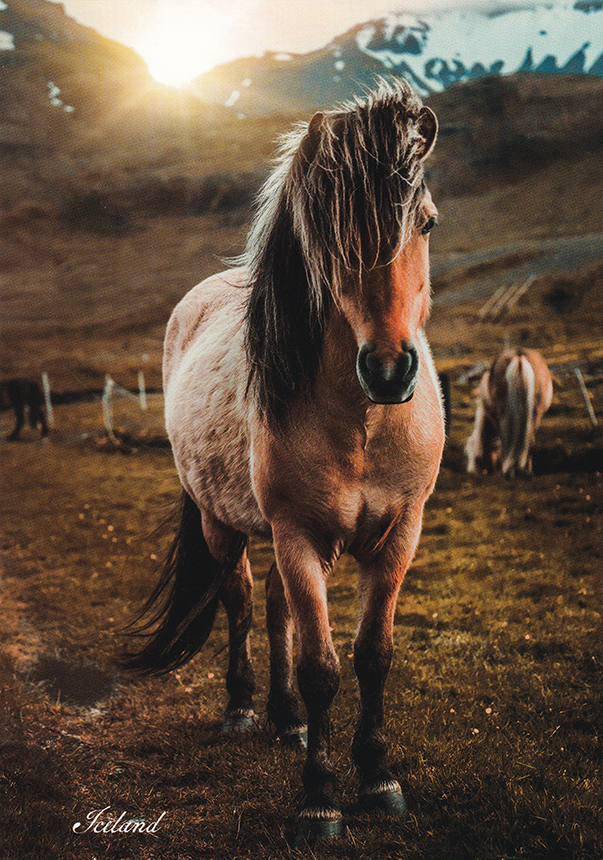
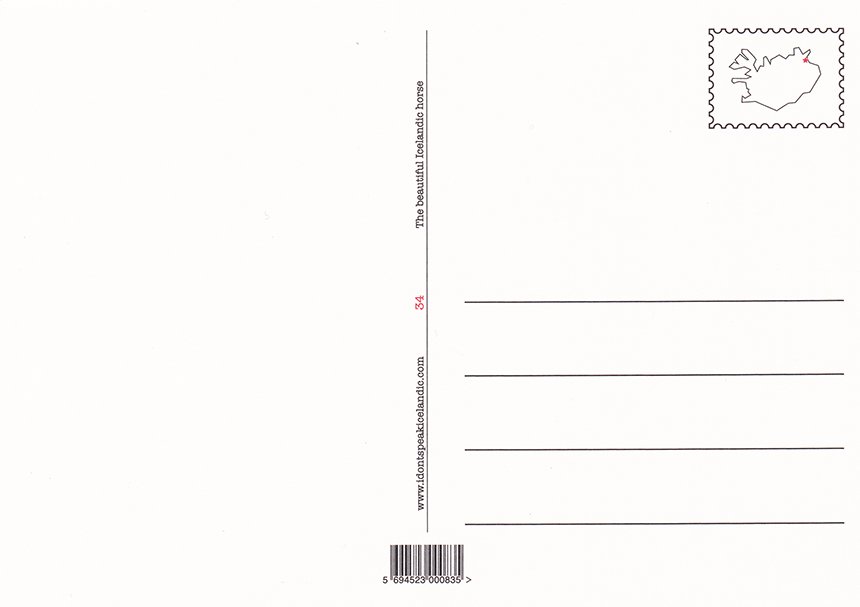
Reverse side of the postcard.
More information
A major volcanic eruption in the history of Iceland.
The Laki eruption of 1783 was one of the most significant volcanic events in Iceland's history. It occurred in the southern part of the country, in what is now known as the Laki fissure or Laki volcanic system. The eruption lasted for eight months, from June 8, 1783, to February 7, 1784, and had far-reaching consequences for Iceland and the world.
The eruption began with a series of fissures opening along the Laki volcanic system, releasing massive amounts of lava and gases into the atmosphere. The lava flows covered a vast area, estimated to be around 565 square kilometers (218 square miles). The eruption was characterized by extensive basaltic lava flows, creating a desolate and surreal landscape known as the "Lakagígar" or "Craters of Laki."
The toxic gases created a haze that blanketed Iceland and parts of Europe, reducing visibility and causing a dramatic cooling effect. The resulting decrease in sunlight and heat had a significant impact on agriculture and livestock. Crops failed, and livestock died from ingestion of contaminated grass, leading to a severe famine that affected both humans and animals.
The effects of the Laki eruption were not limited to Iceland. The sulfur dioxide emissions spread across Europe, affecting the weather patterns and air quality. The eruption has been linked to a period of unusual climatic conditions known as the "Laki haze," characterized by cool temperatures, reduced precipitation, and other atmospheric anomalies. These conditions had far-reaching consequences, including crop failures, livestock losses, and increased mortality rates in Europe.
Founder
www.idontspeakicelandic.com.
Date
2015.
Culture
Iceland.
Classification
Postcard.

